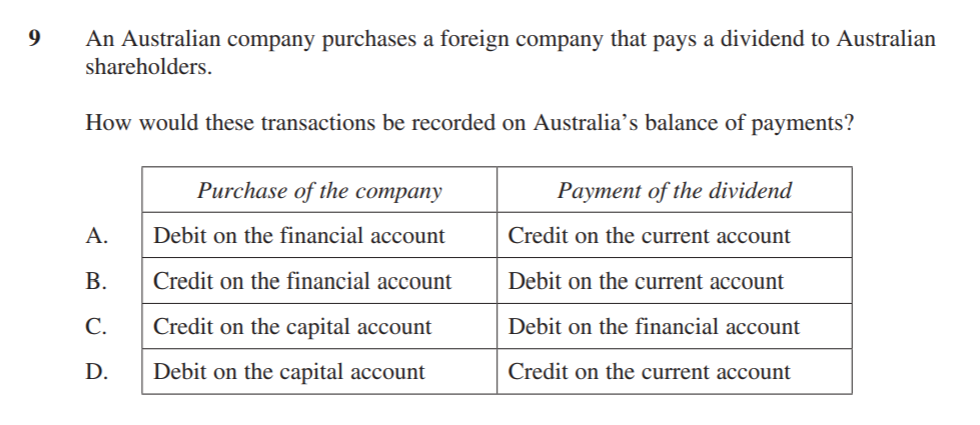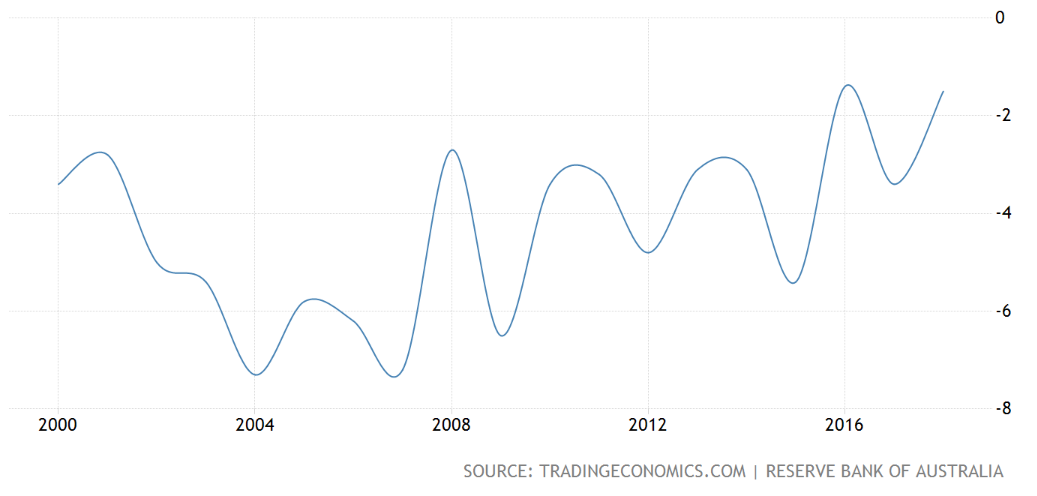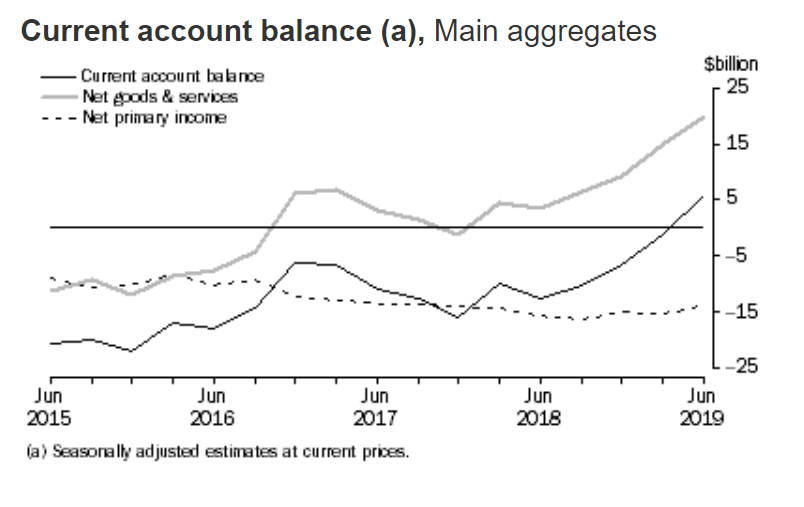It's the night before HSC Eco (or other big exam)...
...and I think you should stop studying.
Sometimes the temptation can be to keep cramming until the very end. But I encourage you to stop.
I don’t have much science to support it, just experience. I think that the brain has a finite capacity, particularly right before a stressful test. There’s a limit to what can be absorbed. You can read and revise notes and highlight — but in terms of whether it will actually sink in...I’m not sure.
The other reason to stop studying is to ease some of the stress. Maybe you feel less stressed studying. But maybe it would be easier to switch off for a few hours, relax and take some pressure off before the day of the test.
Let’s rewind to my Economics HSC exam, many decades ago. I remember I shocked my classmates because I watched an episode of Dawson’s Creek on TV the night before our Eco exam instead of doing last minute study. This was an ancient time when if you missed a show, you really missed a show. And I was an enormous Dawson’s fan.
If you’re sitting the 2019 NSW Economics HSC tomorrow, or subsequent Eco HSCs or massive exams, good luck and maybe take the night off.










